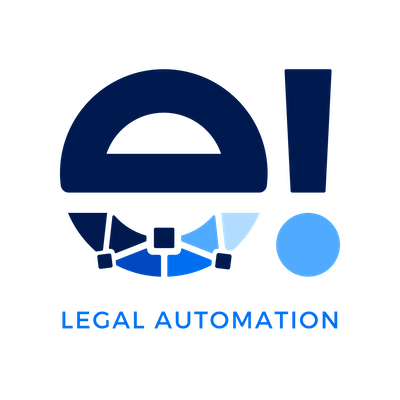Improving transparency in the legal system has been a longstanding issue, often marred by criticisms of limited access to justice and a decline in public trust. Traditional means have attempted to address these challenges, but it is Artificial Intelligence (AI) that presents new, promising pathways to greater openness and comprehensibility. This article will explore the diverse roles that AI is playing to enhance transparency in the realm of law.
Challenges in Improving Transparency in Legal Proceedings
The struggle to enhance transparency in the legal sector is ongoing. A maze of complex procedures, archaic language, and a lack of open data all contribute to the problem. Even though some strides have been made—thanks to technological advancements like online databases—these are merely scratching the surface. Improving transparency still remains a critical issue, and AI could be the turning point.
Furthermore, the current system often lacks accountability, making it challenging for individuals to navigate and understand how decisions are made. For instance, court proceedings and bureaucratic processes are seldom straightforward, and legal documents are frequently drafted in complex language incomprehensible to the average person. This lack of clarity not only hampers transparency but also discourages people from engaging with the system altogether. As technology evolves, however, tools like AI have the potential to simplify these processes, thereby improving transparency and accountability across the board.

How AI Facilitates Access to Legal Data
One of the most direct ways AI improves transparency is by facilitating access to legal data. Algorithms can sort through vast repositories of legal documents, case laws, and statutes, making them accessible to the public in an understandable format. Open-source AI tools are also emerging, designed to decipher legalese into simple language, thus improving transparency by making legal information comprehensible to the layperson.
Adding to this, AI can also facilitate real-time updates and notifications related to court cases, legislative changes, or other essential legal events. With the use of natural language processing (NLP), these updates can be translated into easily understandable summaries, thus further improving transparency. In essence, AI not only provides access to legal information but also makes it more digestible for the average person, fostering a more transparent and inclusive legal system.

AI-powered Decision-making: Improving Transparency in Legal Outcomes
The judicial decision-making process is often shrouded in ambiguity, but AI can provide a window into this complex process. Machine learning models can analyze the patterns and trends in previous rulings to predict future judgments. While it is crucial to ensure these models themselves are transparent, their ability to demystify judicial reasoning goes a long way in improving transparency in legal outcomes.
Additionally, AI can assist judges and lawyers in being more consistent with their rulings and arguments. By analyzing a wide range of data, including precedents and current laws, AI tools can suggest the most relevant points to consider in a case. This not only speeds up the decision-making process but also adds a layer of transparency, as the rationale behind rulings becomes more apparent to all parties involved.
Striking a Balance While Improving Transparency with AI
As we move toward a future where AI plays an increasing role in the legal system, ethical considerations around data privacy and algorithmic bias come to the fore. While AI has the potential for improving transparency, it is crucial to address these ethical issues to prevent the technology from causing harm or perpetuating existing inequalities.
Moreover, there’s the concern of how transparent the AI algorithms themselves are. A push for “explainable AI” is gaining momentum, aiming to make algorithms’ decision-making processes as transparent as possible. Transparency in how AI operates is just as important as the transparency the technology aims to bring into the legal system. This double-layered approach ensures that as we employ AI to make legal processes more transparent, we are also scrutinizing the tools themselves for transparency and fairness.
Conclusion
Improving transparency in the legal system is an ongoing effort, and AI technologies are poised to play a critical role. From blockchain-based smart contracts to AI-driven data analysis, the legal industry is at the brink of a revolution. As we move forward, constant evaluation and adaptation are necessary to ensure that AI serves the goal of making the legal system more transparent and, by extension, more just.






